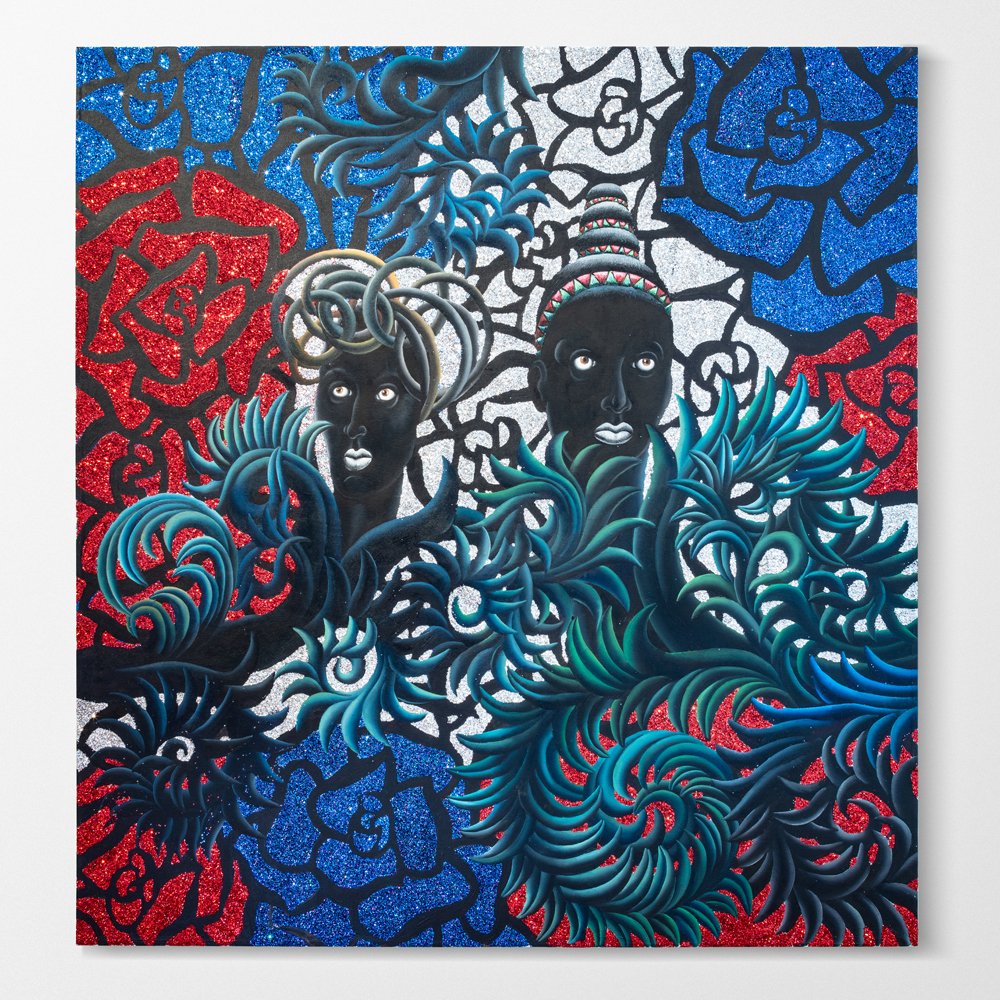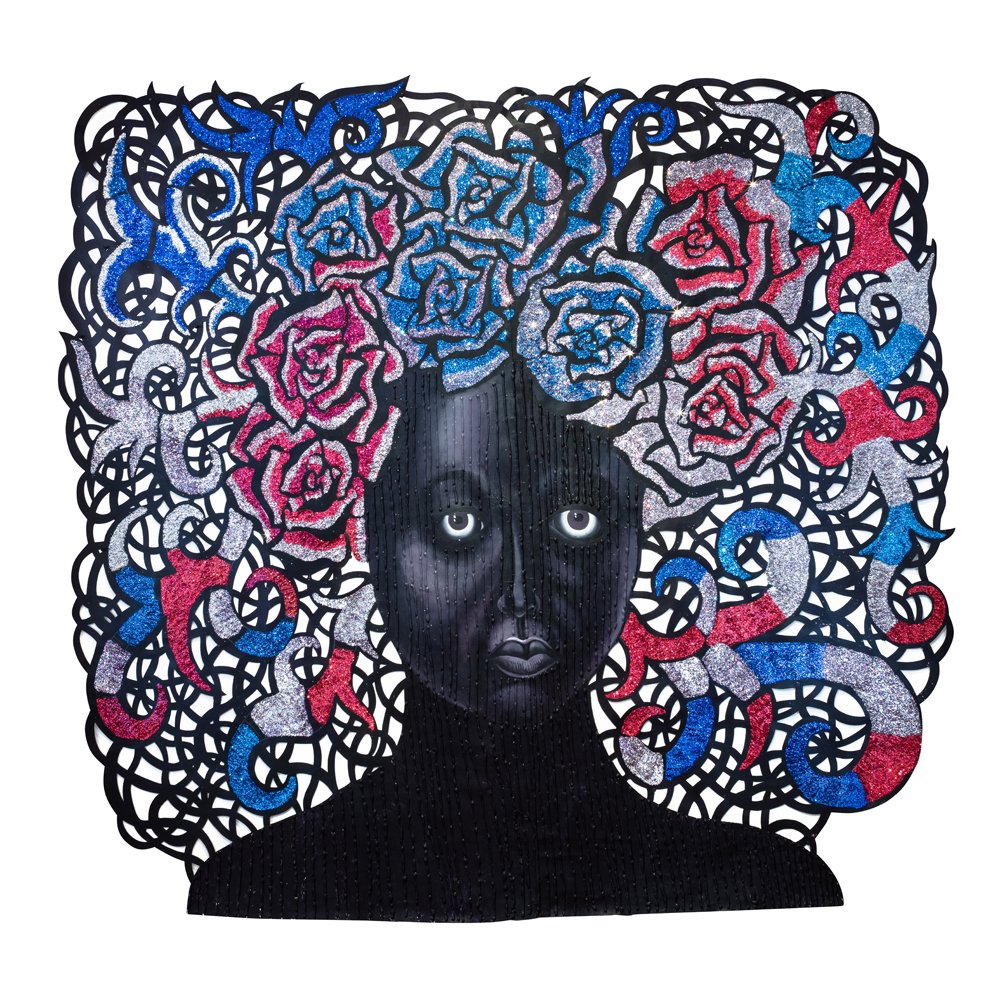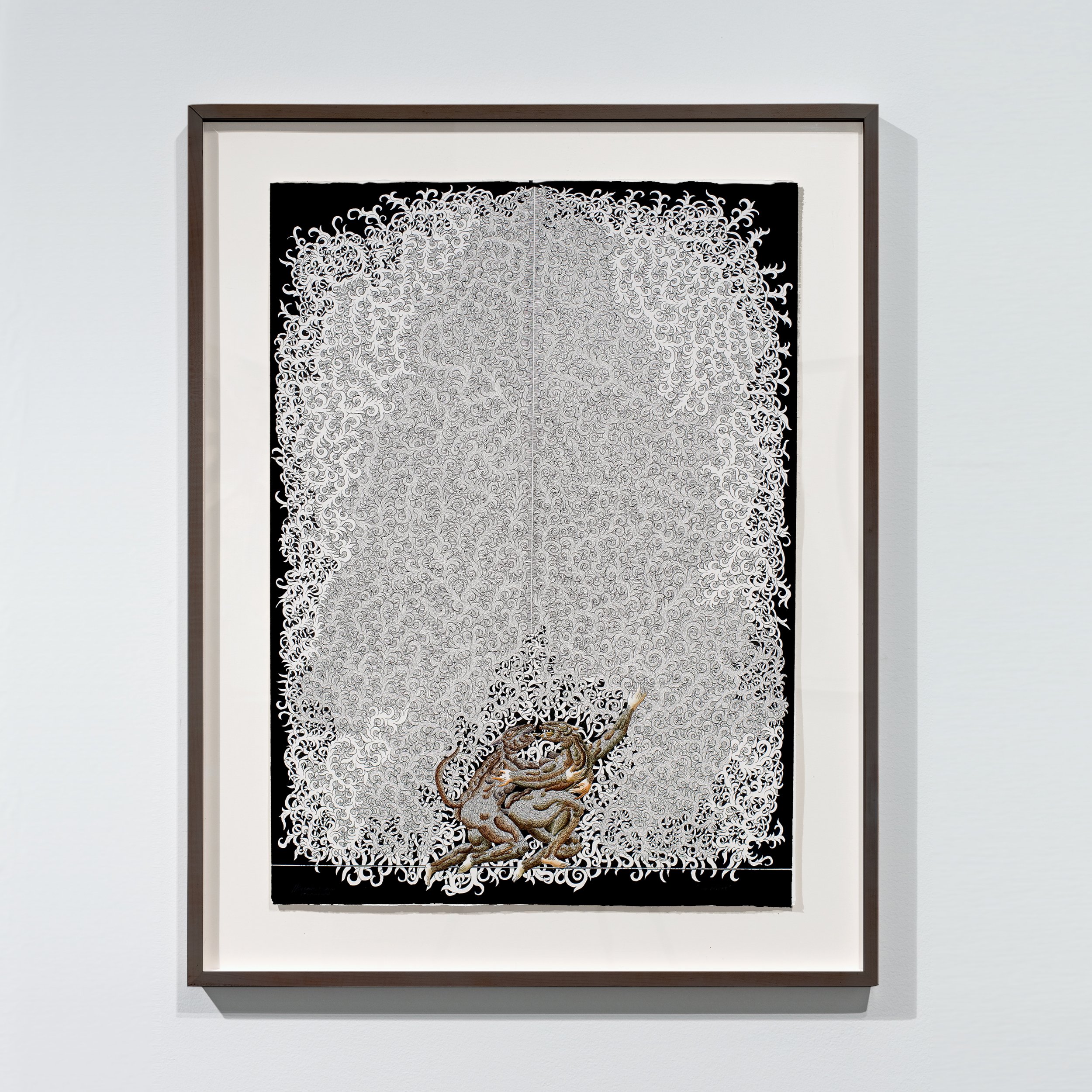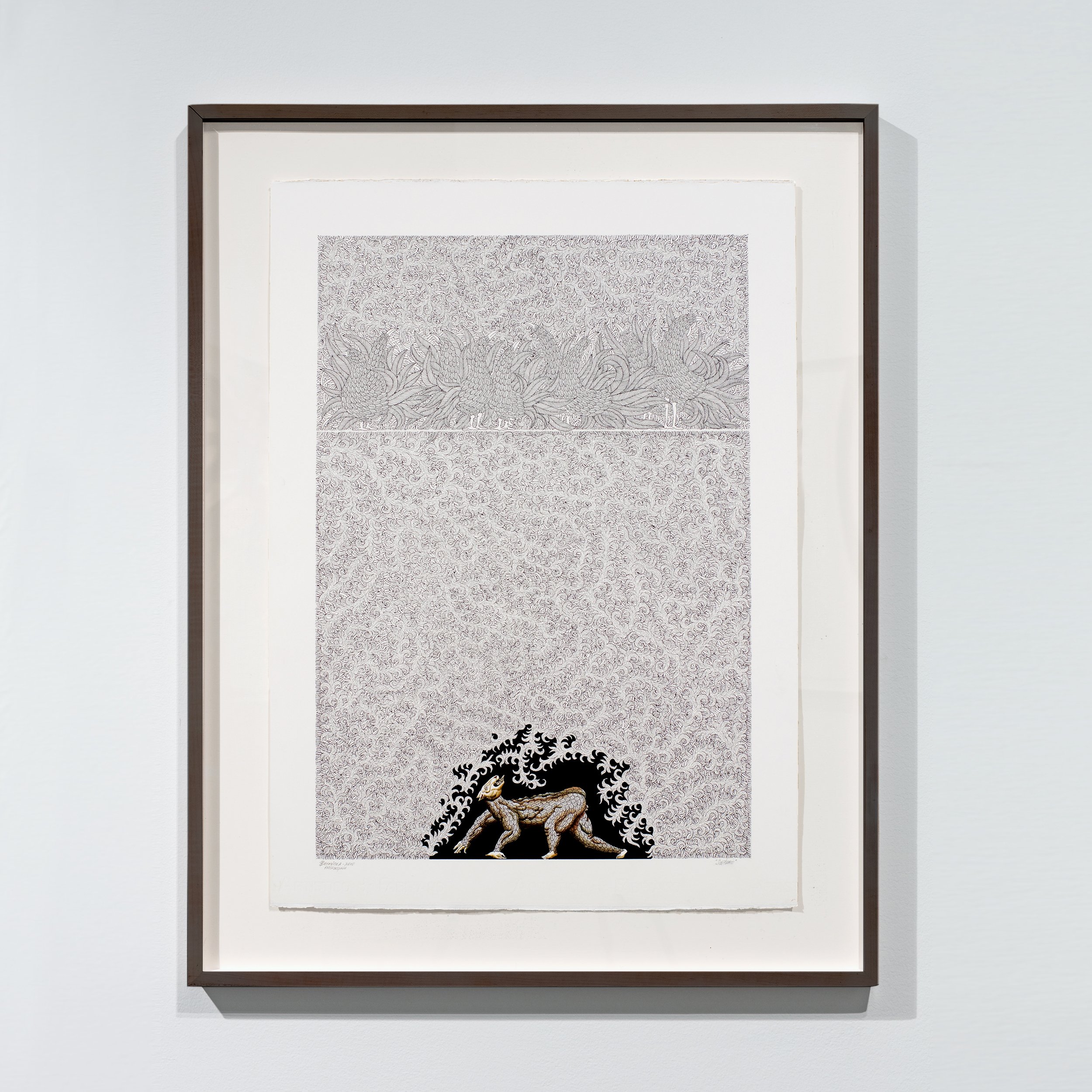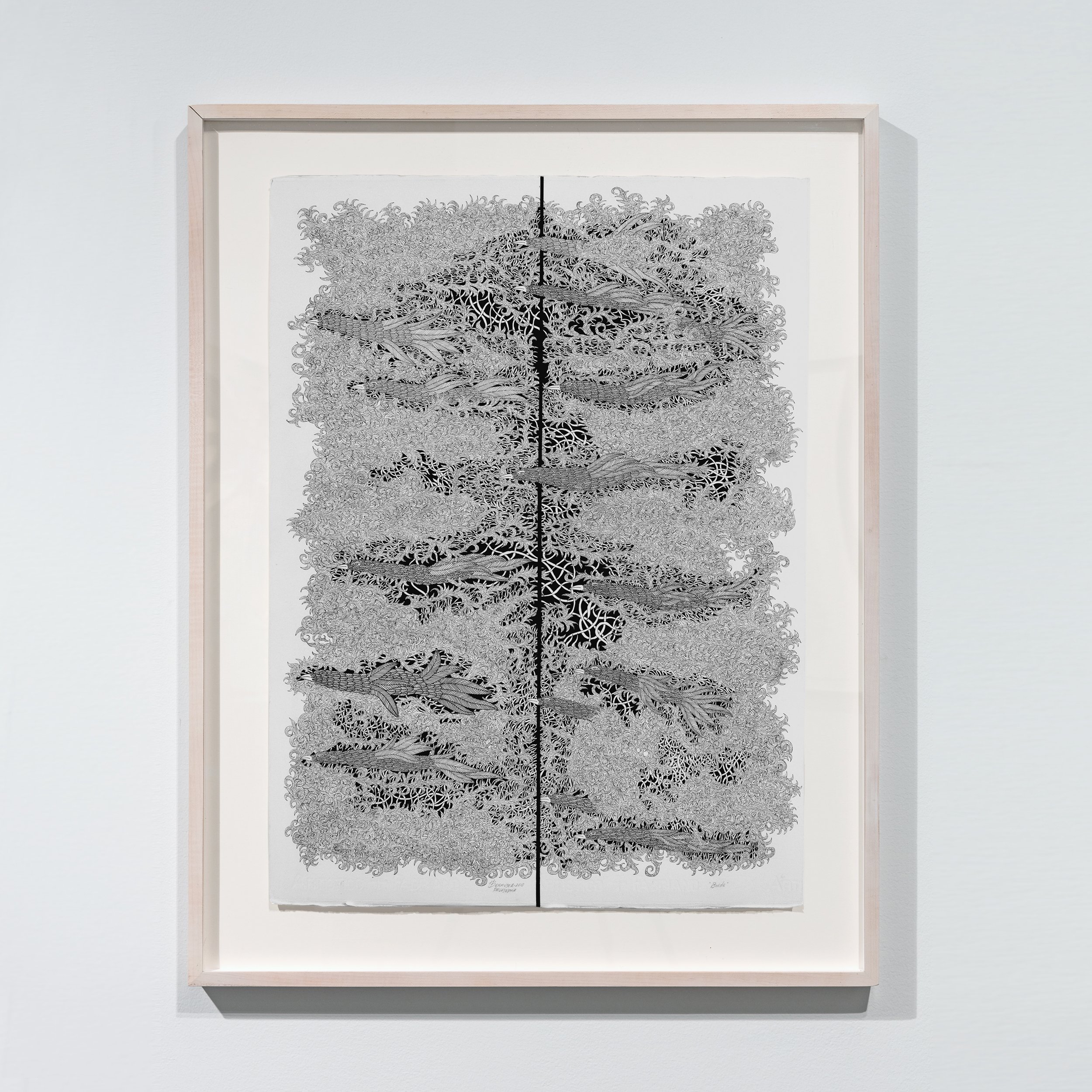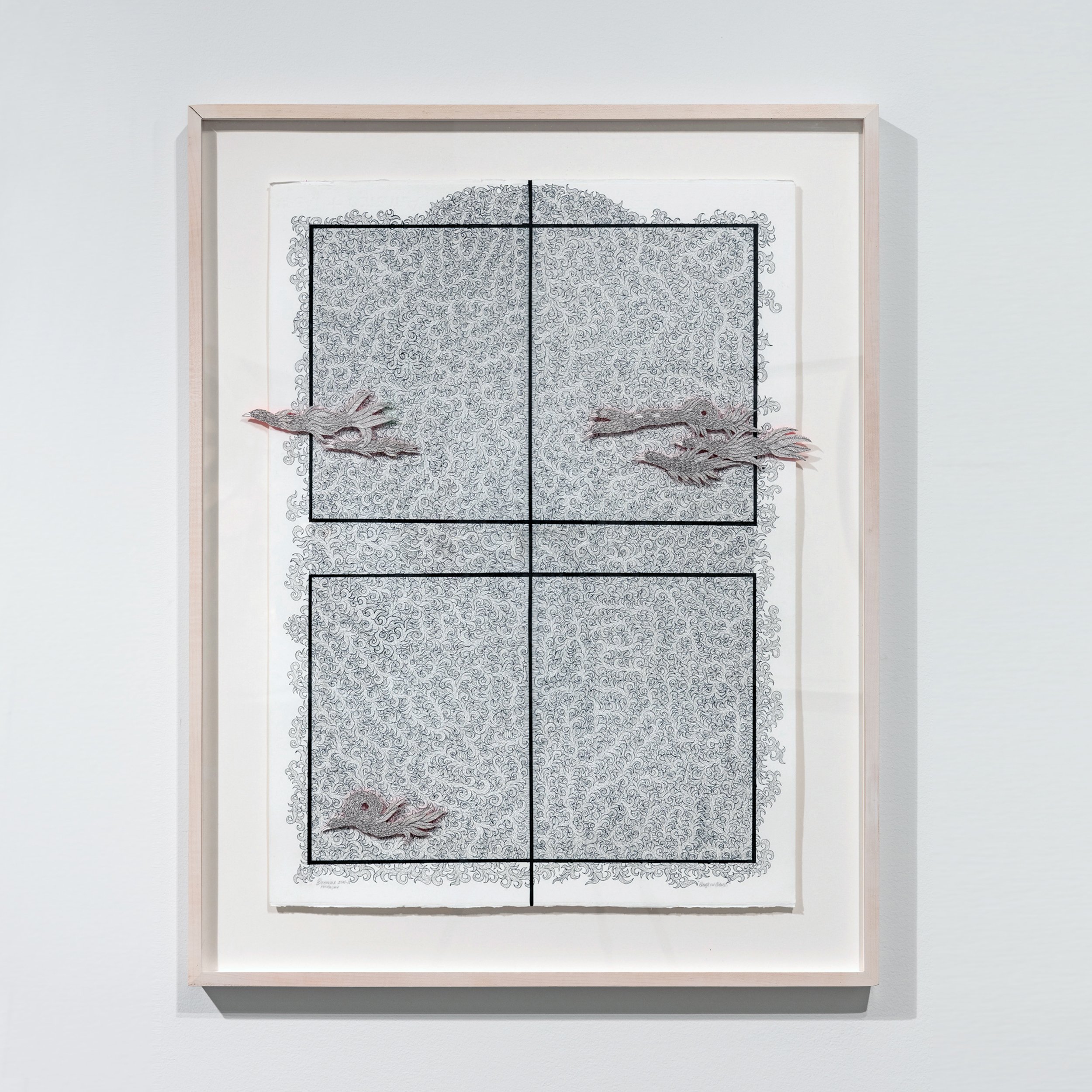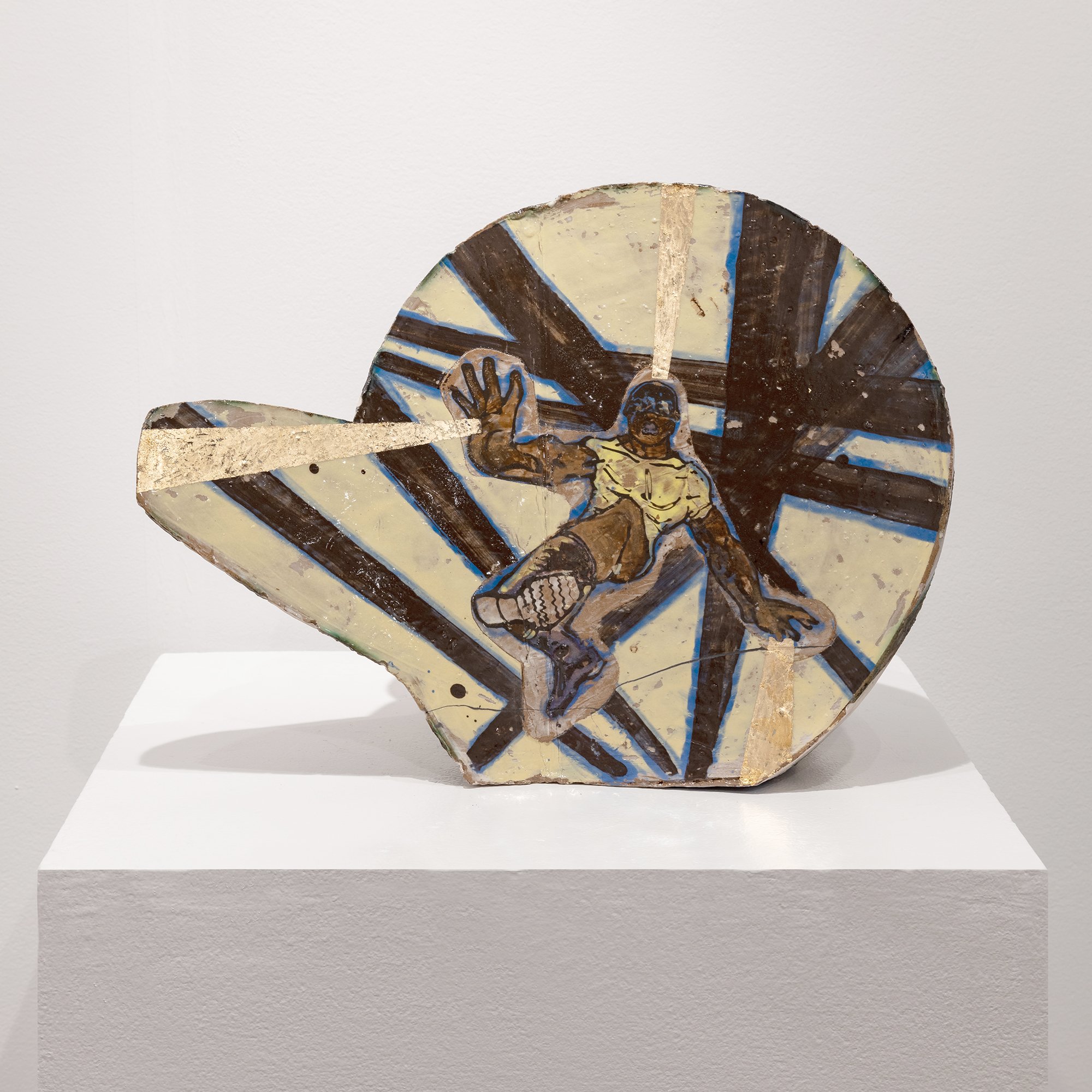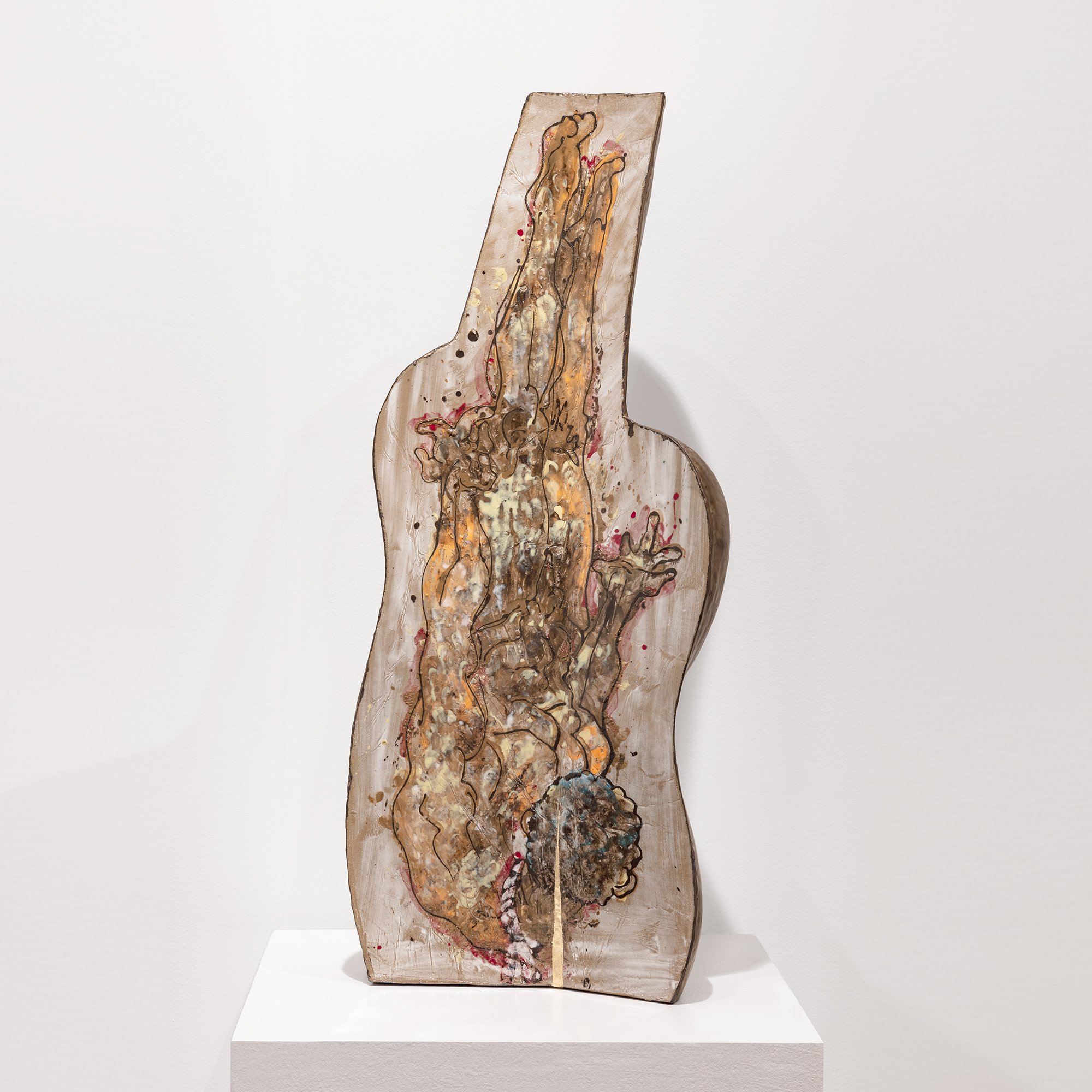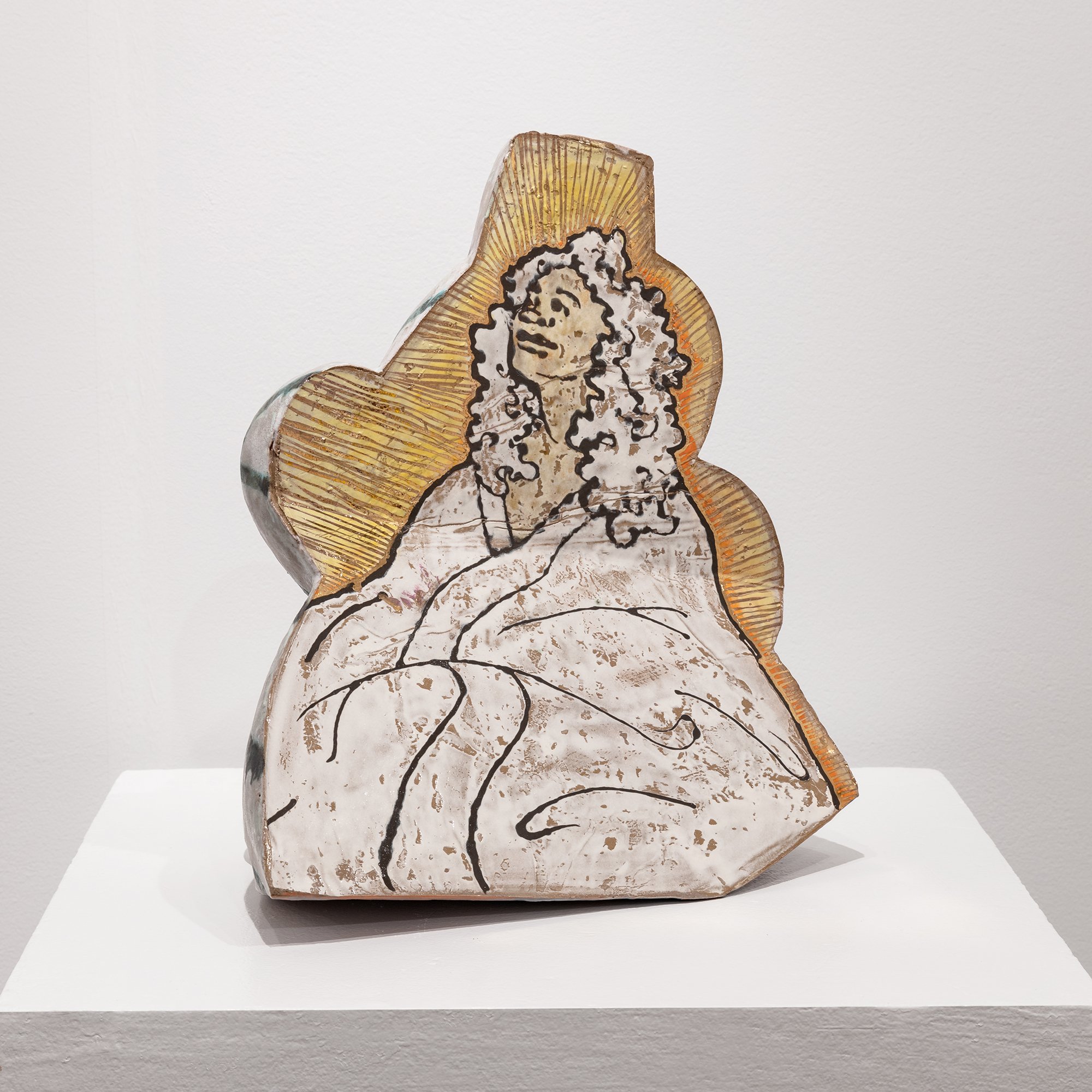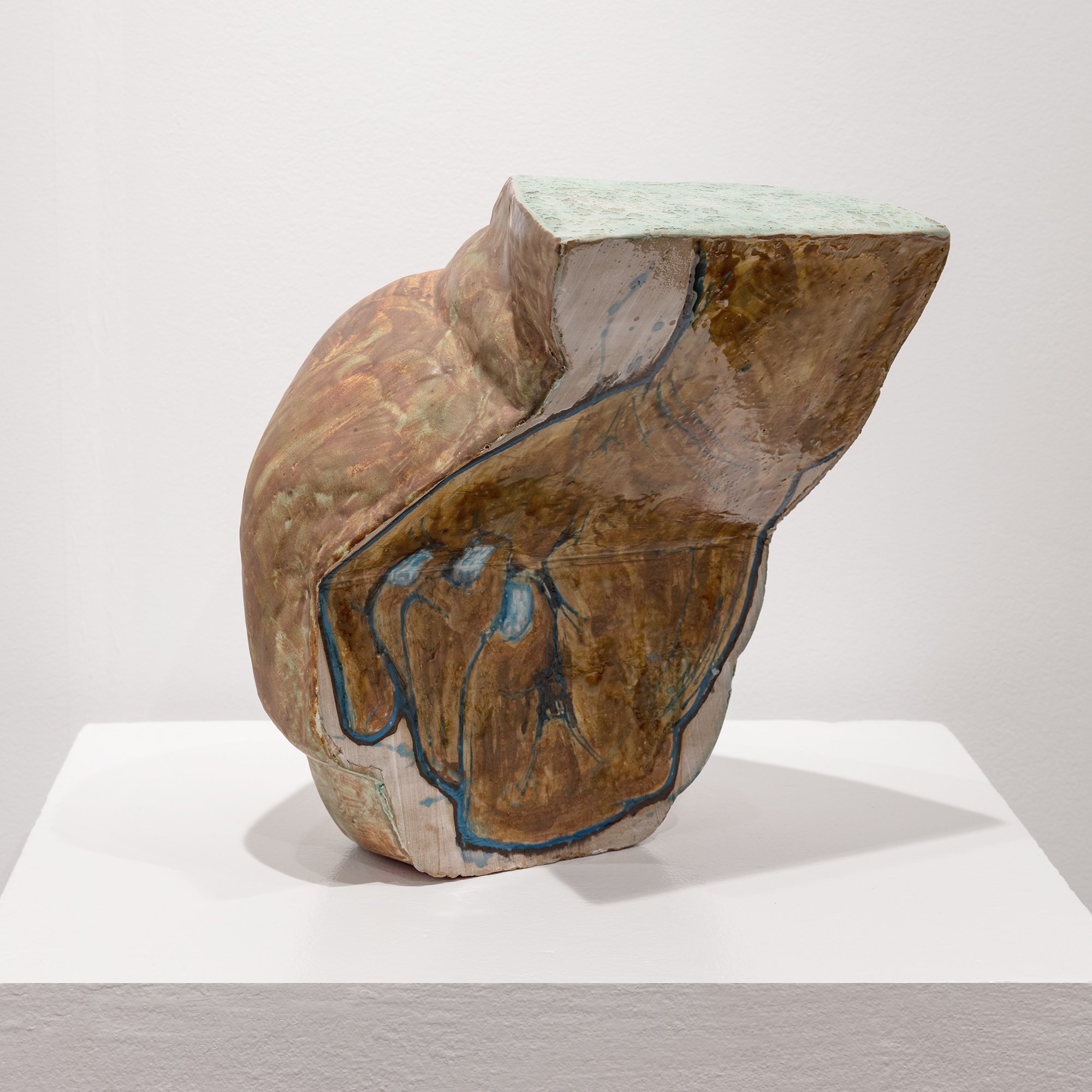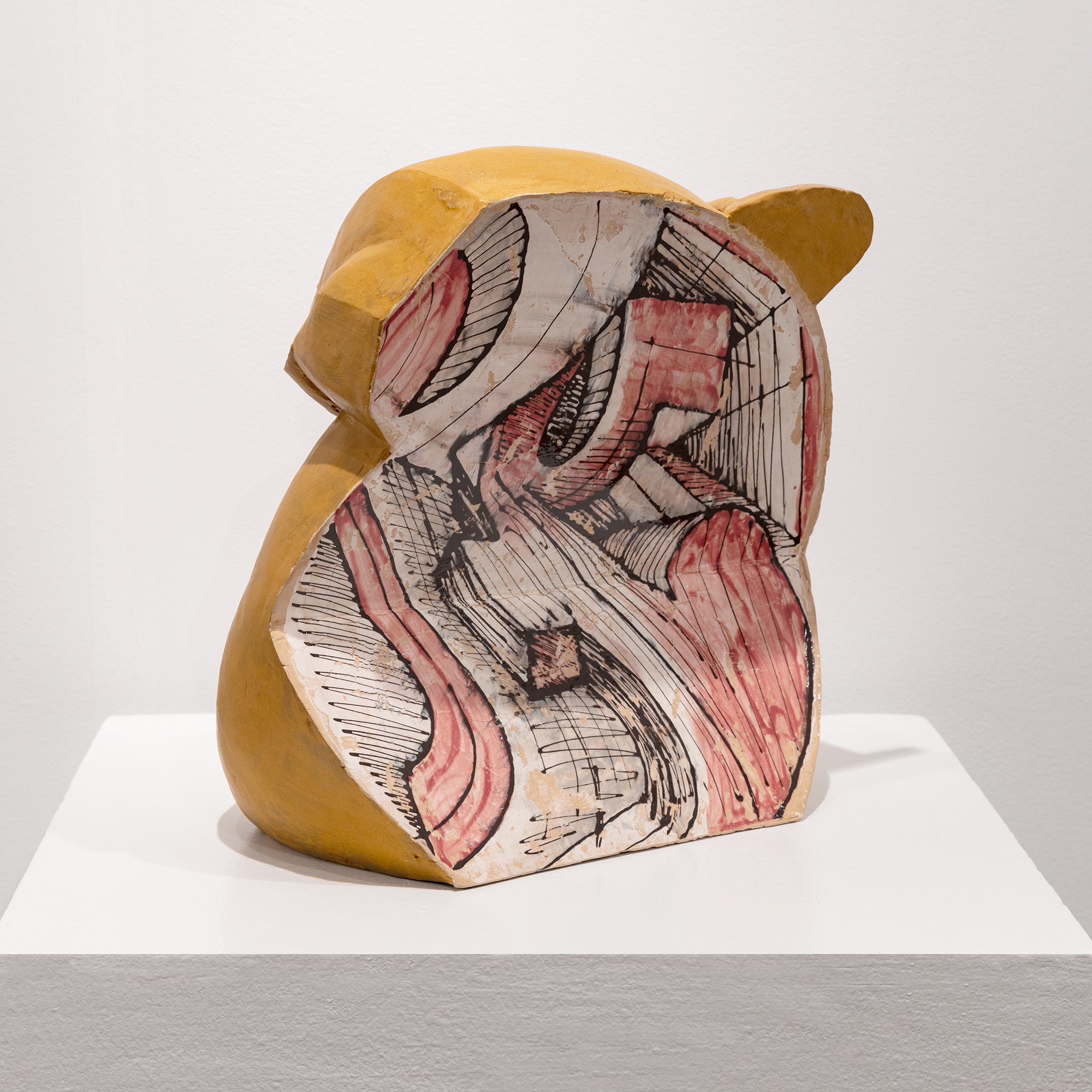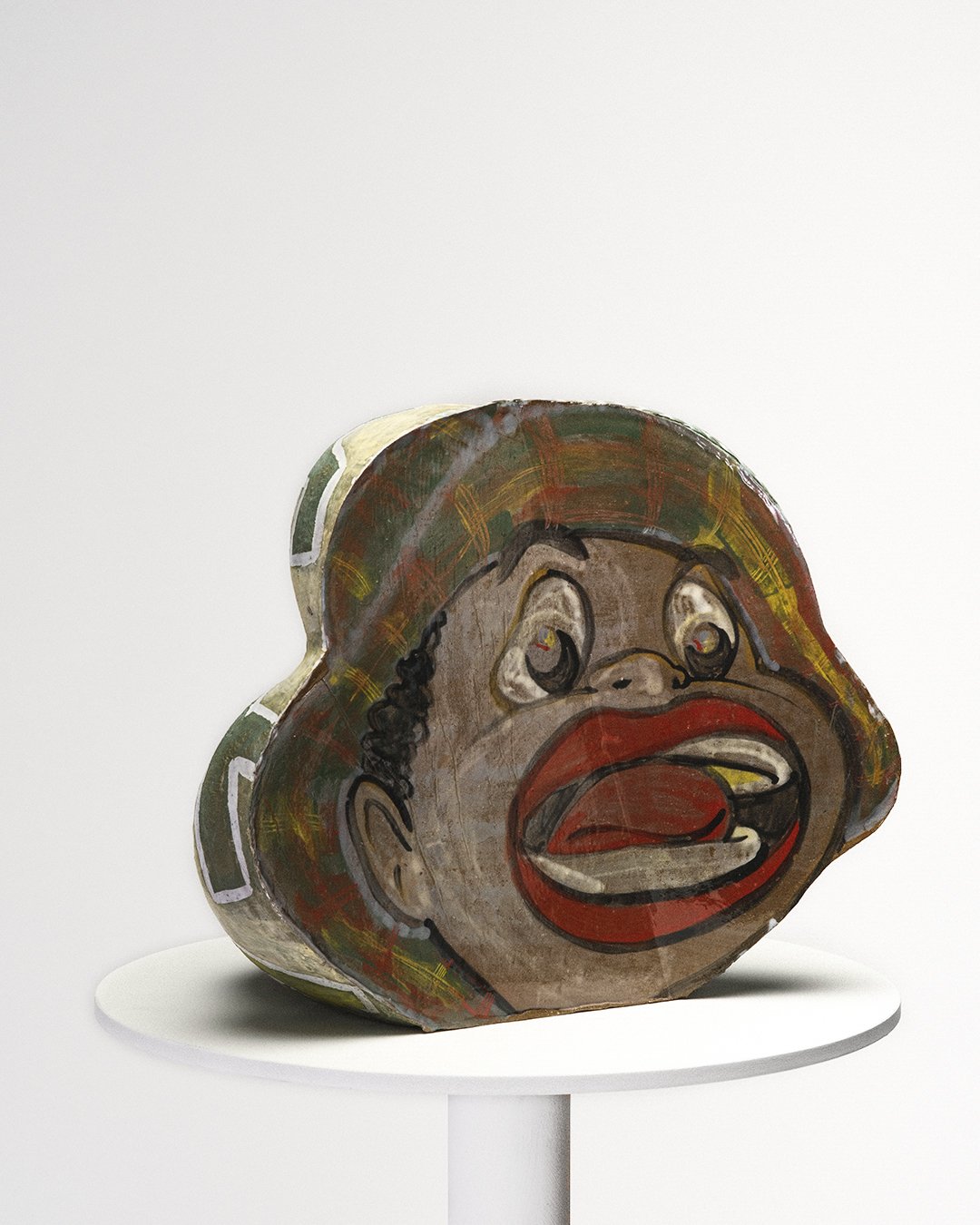EXPO Chicago 2023
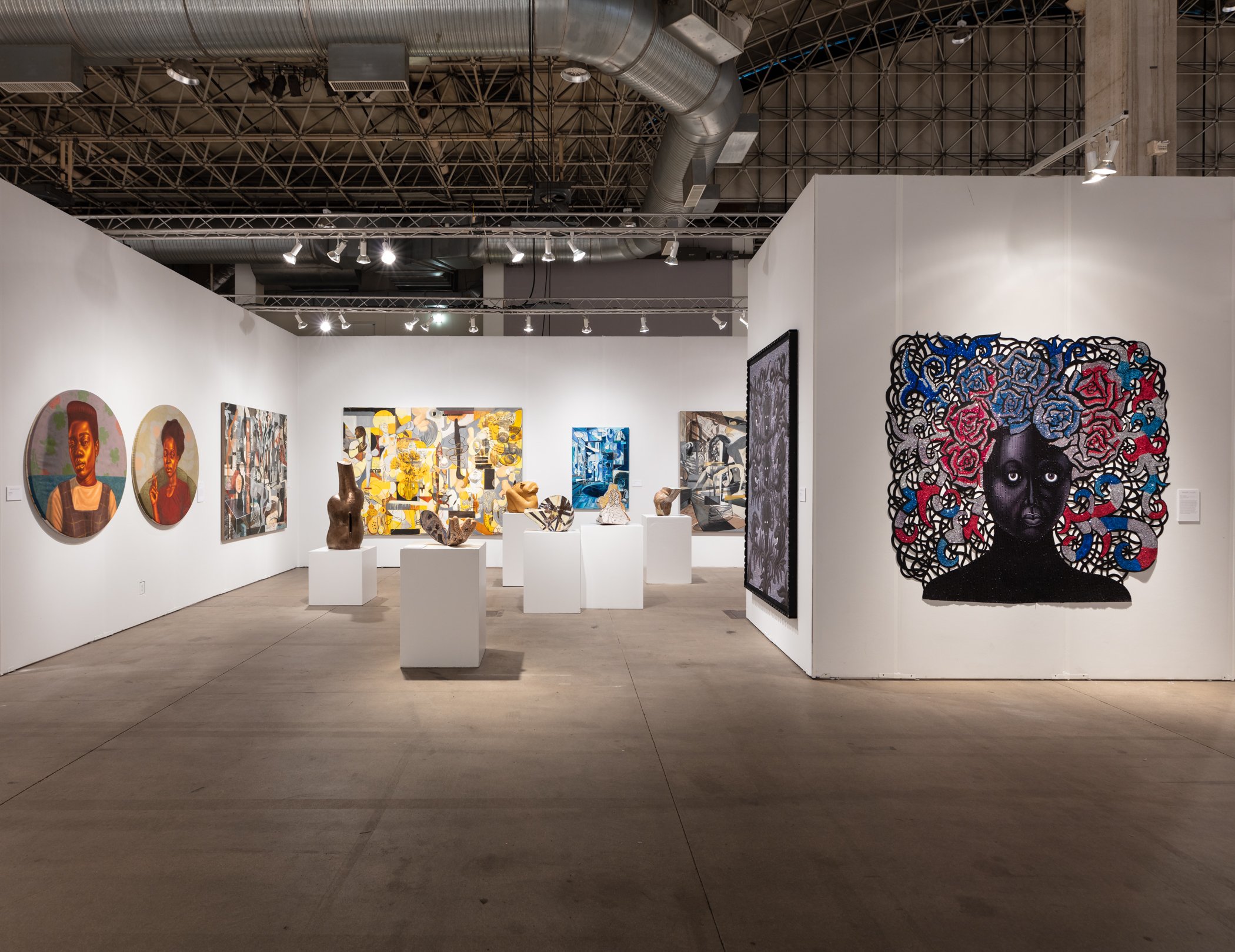
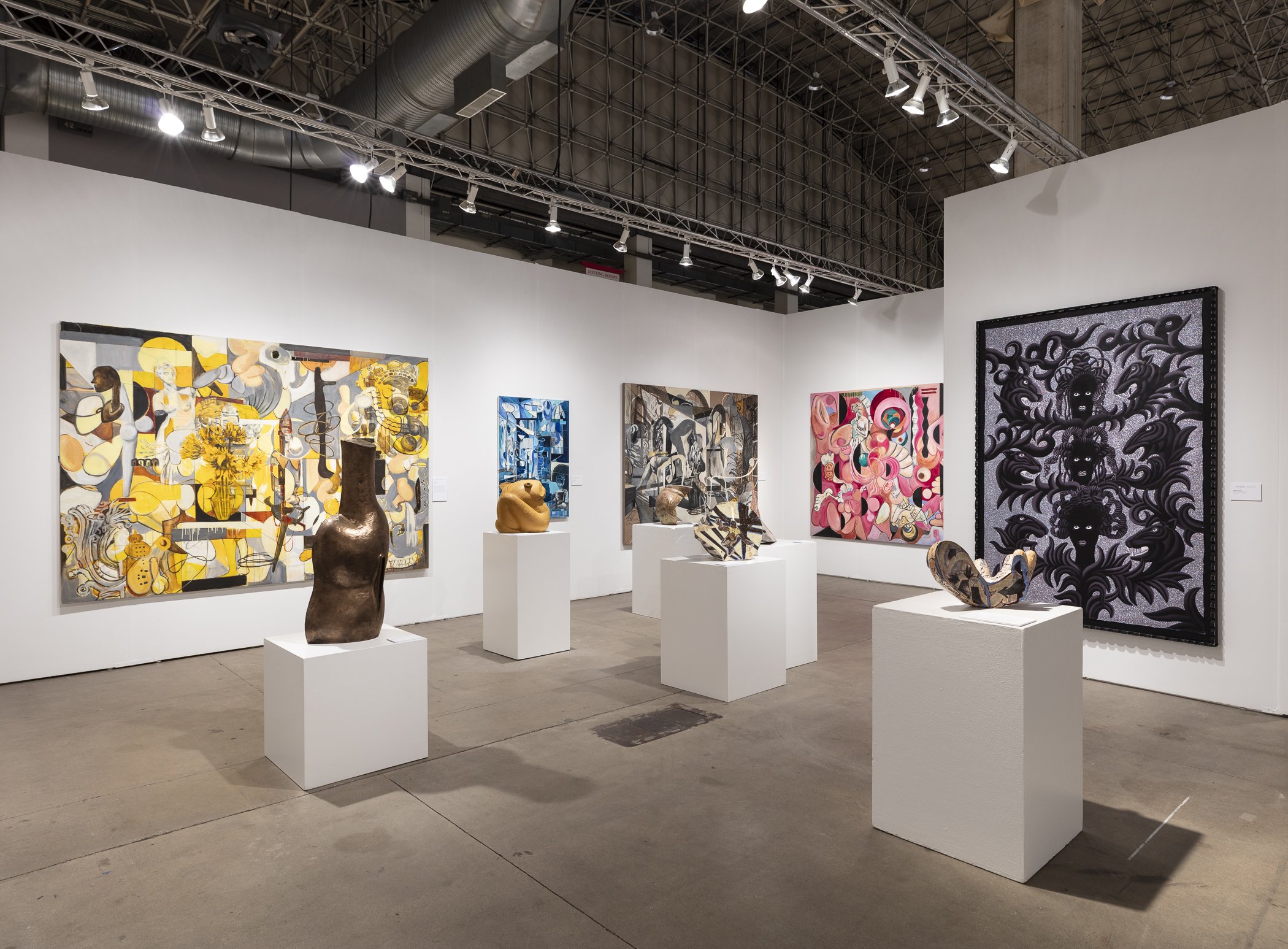
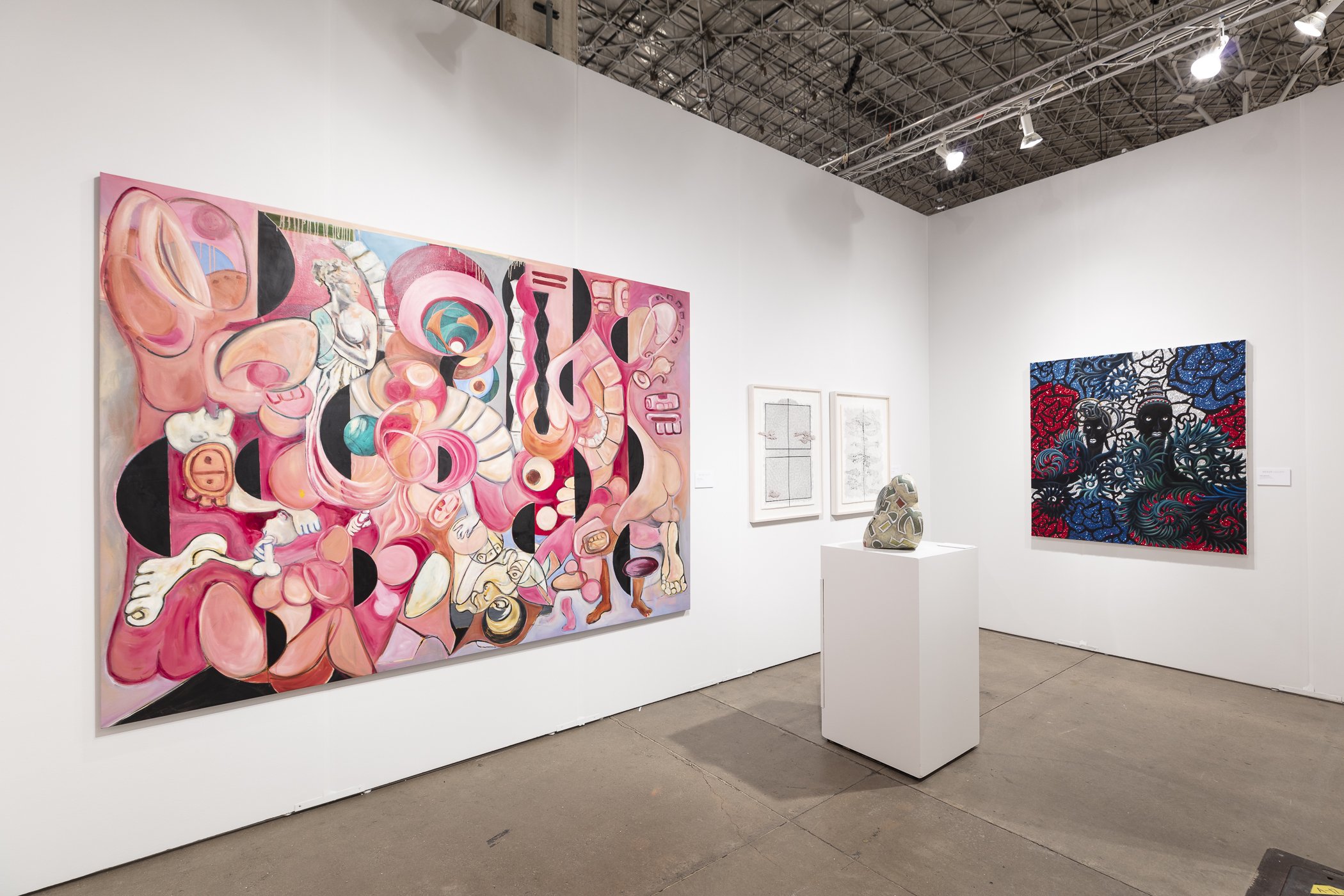
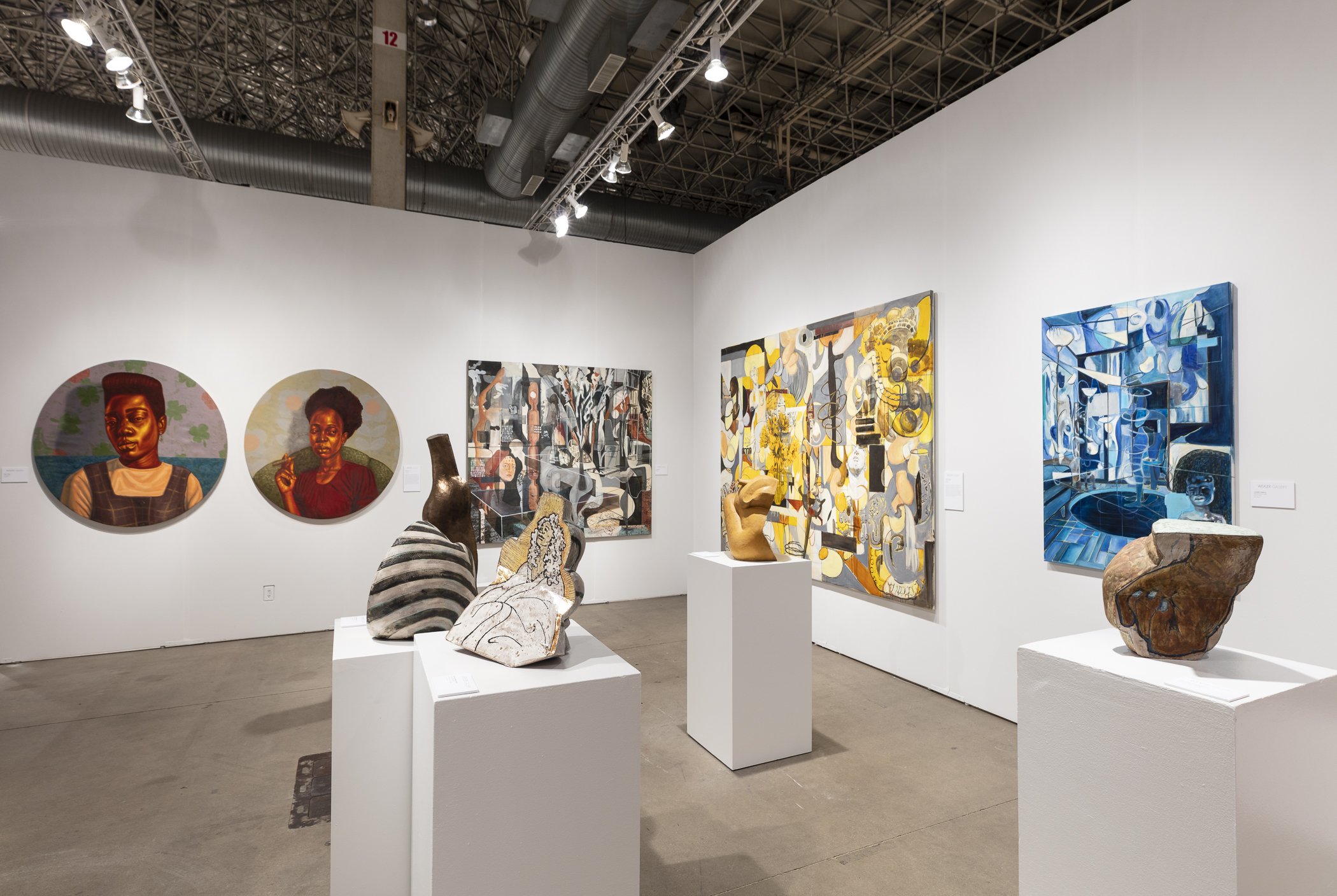
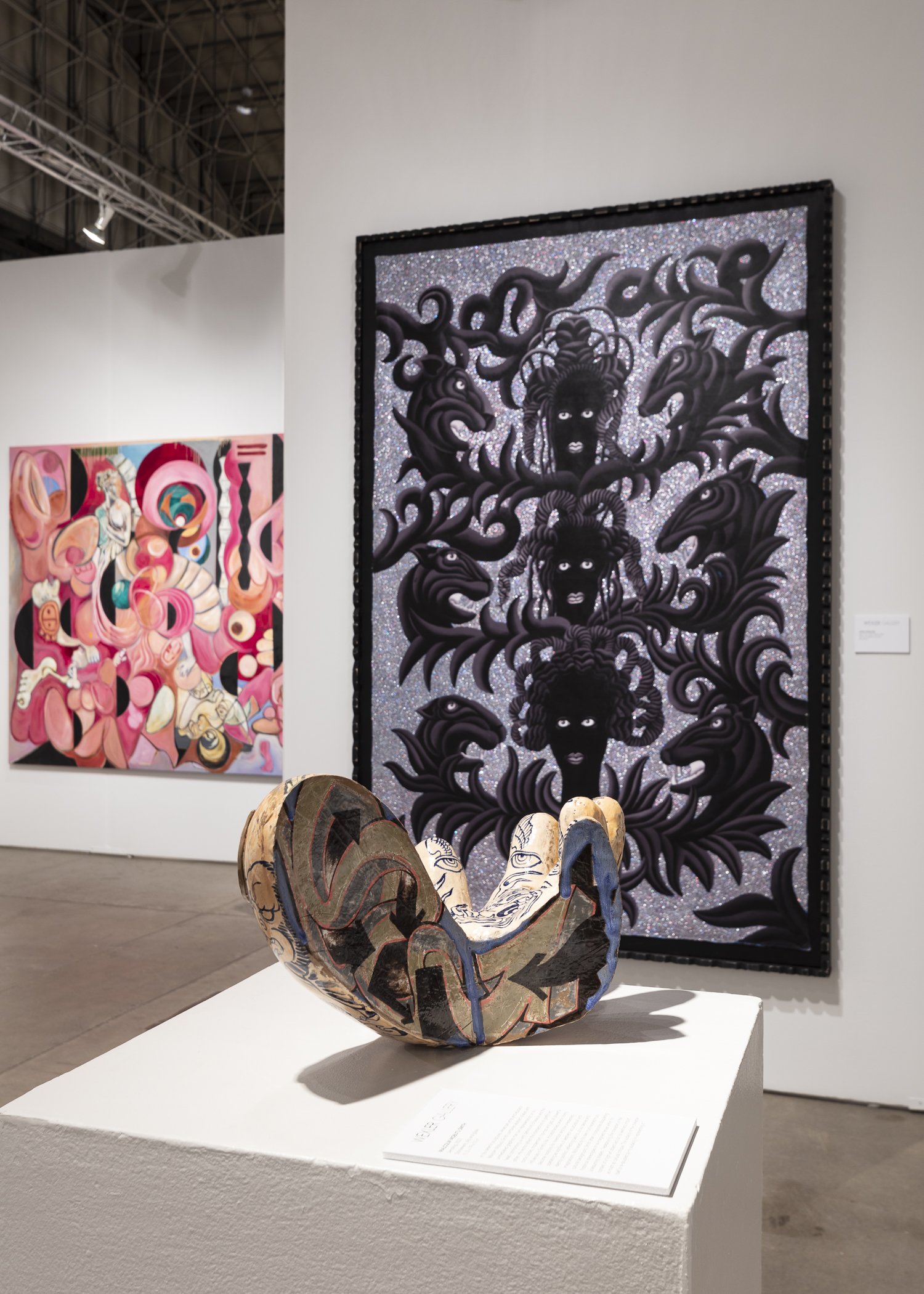
EXPO CHICAGO 2023
APRIL 13, 2023 - APRIL 16, 2023
CHICAGO
BOOTH 345
Wexler Gallery presents Seeing is Believing, an exhibition of work by Valerie Campos, Henry Bermudez, Malcolm Mobutu Smith, and Barry Yusufu that explores each artist's representation of the self and agency through various prisms of abstraction, mysticism, surrealism, symbols, stereotypes, history and culture at Expo Chicago, April 13-16, 2023. All of these artists are asking questions about identity – is who we are what we believe ourselves to be, or what others see. How do notions of self and other combine, and embody, reflect, or refute powerful external influences — whether real or perceived. As artists working outside the dominant culture — whether Latin American, African American, or African — they bring new perspective to common notions and signifiers. In manifesting what they see, they show us what is real.
Valerie Campos, a self-taught painter from Mexico City, brings to life layered, deconstructed environments incorporating recognizable objects and dreamlike figures floating between chaos and order, expressing the mutability of the universe. Elements of a domestic narrative and formal architecture are broken, blurred, and distorted by surreal elements from various histories of time and place. According to Campos, “The possibilities of radical imagination and the fusion of different cultures create a collective power that can bring visceral renewed physical reaction and transformation.”
Venezuelan-born Henry Bermudez incorporates various processes and mediums into paintings and cut paper assemblages that transcend personal history, timelines and national boundaries combining magical dimensions with western rationality. His intricately patterned designs defy reality and categorization, emerging from nature and spinning out into new worlds. Bermudez’s distinct style has grown from his love of myth, religion, and legend, stemming from experiences in his native Venezuela where he found that, “religious and social syncretism provided a unique vision of the African Diaspora in the Americas with its symbolism and iconography.” Since moving to the United States in 2003, Bermudez has explored elements of American culture through the lens of his upbringing.
In his ceramic sculptures, American artist and educator Malcolm Mobutu Smith combines abstract shapes with unmediated graphics that turn representation on its head, confronting us with definitions of beauty and the other. His works reflect the intersections of graffiti art, comic books, modernism, hip-hop and jazz, all powerful influences in Smith's life. His abstracted ceramic forms become locations for invention and the unexpected, operating as signifiers of aesthetic acculturation and identity politics, reflecting back to us our desires and imaginations. Motivated by his own multi-faceted/multi-cultural background, Smith often incorporates disquieting historical stereotypes or re-imagined heroes within his unassuming shapes, “redeploying [the character] in the context of a high art object laid out for aesthetic import as much as cultural critique. The audacity of the character itself is re-doubled by my audacity in representing it.”
Self-taught Nigerian artist Barry Yusufu creates intimate portraits he calls “Sun’s People” — reminiscent of religious icons, even as they represent real people in his daily life. This intentional style is a product of his deep-rooted faith and a desire to change assumptions about who deserves to be painted, seen, and held up, elevating the position of African people. Says Yusufu, “My people are my inspiration; I paint the stories of my people. I tell the story of my race as well. I want to paint where my people are headed. A different level of glory.” In these bold, larger-than-life depictions, Yusufu creates a new reality, confronting us with representations long left out of the art historical canon — claiming their and his place within it.
Each of these artists offers us a window into a different perspective on identity, manifesting the self in a variety of forms. The common thread is a deep exploration of their native cultures and their lived experiences, and examinations of history and perception.

